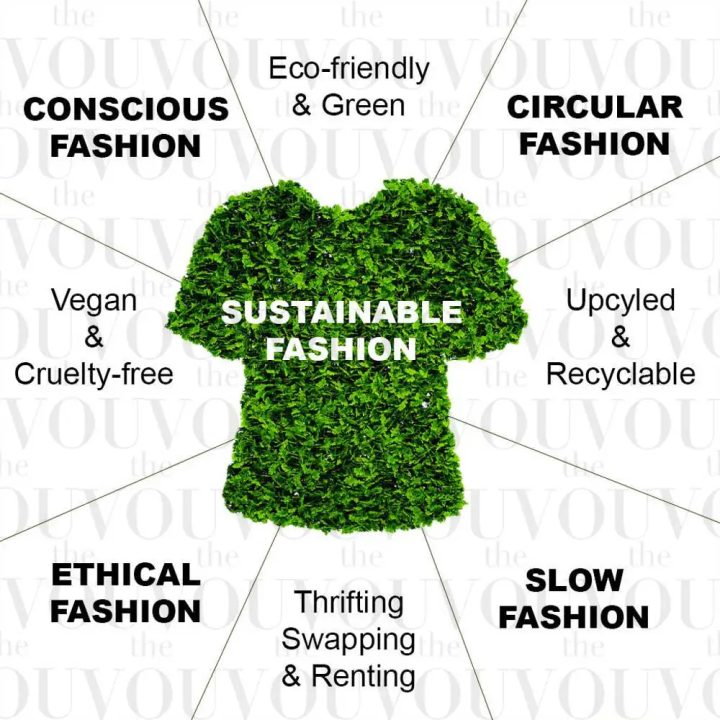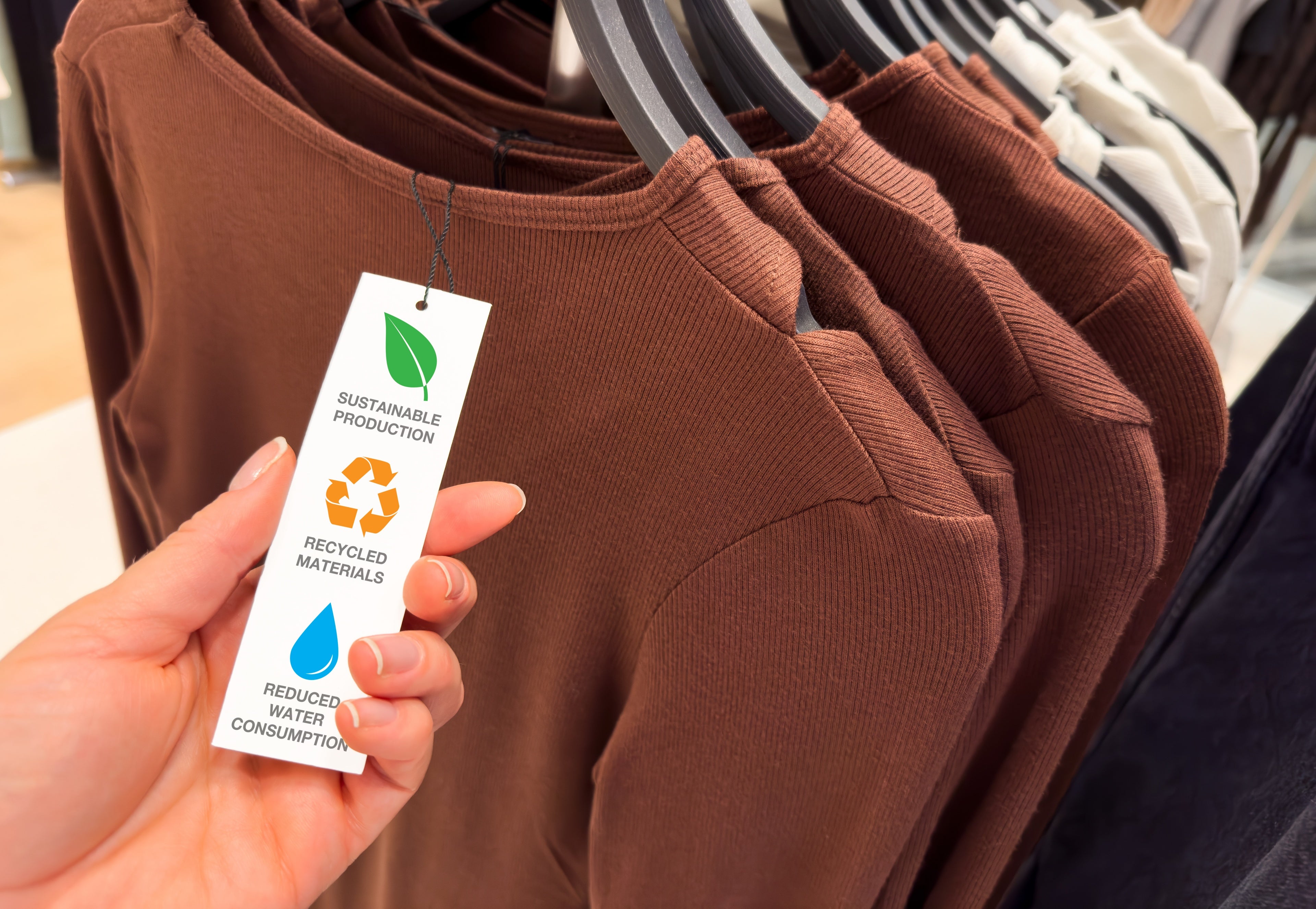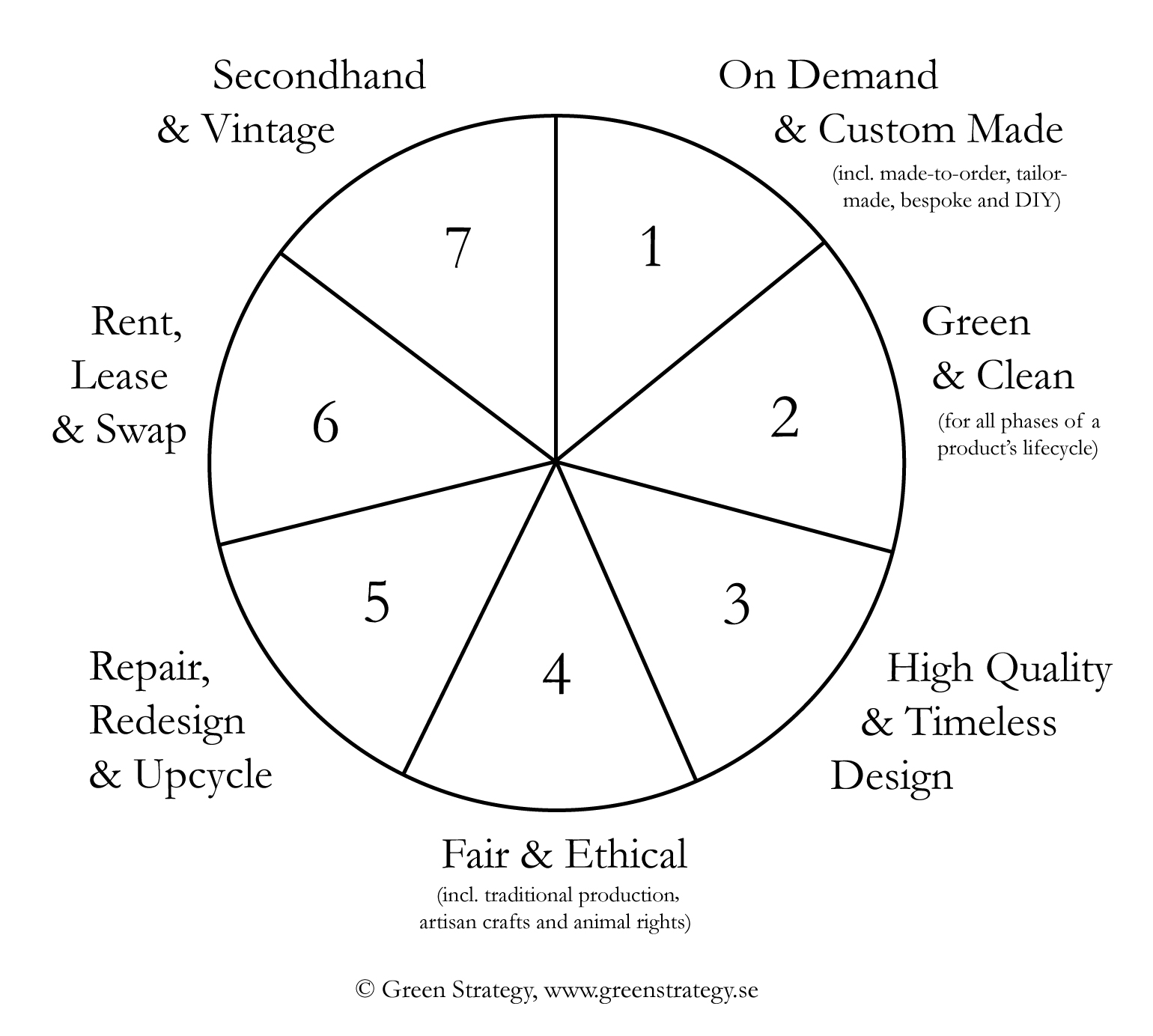Supporting Regional Cape Town Sustainable Fashion for a Greener Future
Supporting Regional Cape Town Sustainable Fashion for a Greener Future
Blog Article
Stay Ahead of the Contour by Checking Out Cutting-edge Fashion Fads
In an industry as vibrant as style, staying ahead involves even more than just adhering to present trends-- it requires an expedition of development. The convergence of modern technology and fashion heralds a brand-new era of consumer involvement.

Embracing Smart Textiles
In recent times, the garment industry has actually experienced a transformative change with the combination of clever textiles, an advanced development that mixes technology with textile. This advancement stands for not only a fusion of appearances and functionality however additionally a significant jump in the direction of sustainability and personalization in vogue. Smart fabrics, also understood as e-textiles, installed advanced electronic devices such as sensing units and conductive strings within the fabric, allowing garments to connect with the atmosphere or the user.
These textiles are designed to keep an eye on physiological specifications, such as heart rate or body temperature, giving real-time health and wellness analytics. Beyond health applications, clever textiles are additionally being utilized for adaptive apparel, which can transform shade or pattern in feedback to environmental stimulations, therefore providing a vibrant fashion experience.
In addition, the growth of energy-harvesting textiles that create power from motion or sunlight is paving the means for self-dependent wearable modern technology. This innovation is interesting environmentally conscious customers and developers aiming to decrease the ecological impact of fashion. As r & d in this field advancement, wise textiles are expected to become progressively common, reshaping the landscape of contemporary fashion with their multifunctional abilities.
The Surge of 3D Printing
Revolutionizing the manufacturing landscape, 3D printing has become a game-changer in the style market. This sophisticated technology has actually made it possible for developers to push the borders of creative thinking, creating complex and personalized garments that were previously inconceivable. By leveraging electronic style and additive production, 3D printing helps with the production of complicated geometries and patterns, permitting developers to try out new appearances and structures.
A noteworthy benefit of 3D printing in vogue is its capability to produce on-demand, decreasing waste and minimizing inventory demands. This efficiency not just enhances production procedures yet likewise enables rapid prototyping, making it possible for designers to bring their visions to life in a much shorter timeframe. Moreover, 3D printing sustains personalization somewhat unparalleled by standard techniques, offering one-of-a-kind layouts and personalized fits tailored to specific customer choices.
The rise of 3D printing has actually also democratized style, making it available to arising designers that can now fabricate high-quality items without significant monetary investment in traditional production framework. As technology continues to breakthrough, the apparel industry is positioned to harness the full possibility of 3D printing, exploring new products and strategies that will certainly redefine how style is conceived and created.
Sustainable Fashion Innovations
As the fashion business comes to grips with journalism requirement for ecological obligation, lasting fashion developments have emerged at the forefront of transformative adjustment. The expanding understanding of ecological impact has actually sustained a shift towards even more eco-conscious techniques and products. Designers and brands are now focusing on sustainability, including methods that minimize waste and decrease carbon footprints.
One considerable advancement is the increase of circular fashion, which emphasizes recycling and upcycling to extend the lifecycle of garments. This approach not just lowers waste yet likewise urges customers to embrace a much more conscious strategy to apparel intake. In addition, making use of lasting materials, such as natural cotton, hemp, and recycled polyester, has actually gotten traction. These materials need much less water and energy throughout manufacturing, substantially reducing ecological effect.
One more advancement depends on the adoption of innovative dyeing methods that make use of waterless processes or all-natural dyes, thus lowering the huge amounts of water and chemicals commonly utilized in fabric dyeing. Additionally, innovations in biotechnology have led to the development of lab-grown natural leather and materials, offering cruelty-free and eco pleasant options to conventional products. Via these pioneering initiatives, the apparel industry is making purposeful strides towards a more lasting future.

Tech-Integrated Garments
Tech-integrated apparel stands for a groundbreaking combination of fashion and innovation, improving just how people communicate with their garments. This innovative domain is marked by the inclusion of clever fabrics and ingrained electronic elements, enhancing both functionality and aesthetic allure. From health and fitness trackers embedded in sports apparel to warmed jackets managed through smartphone apps, tech-integrated apparel uses consumers extraordinary comfort and versatility.
Pioneering brand names are driving this pattern, concentrating on producing garments that react to ecological stimuli or user commands. For circumstances, some garments can change shade or pattern in reaction to temperature shifts, while others incorporate biometric sensors to keep track of health and wellness metrics like heart price or stress levels. The smooth assimilation of modern technology into textiles also encompasses ecological sustainability, with initiatives to create self-cleaning materials or garments that adapt to climate condition, thus reducing the demand for multiple layers.
Additionally, the introduction of wearable modern technology is not just limited to clothing but includes accessories like watches and eyeglasses, further expanding the extent of tech-integrated fashion. As the industry remains to introduce, the possibility for personalization and customization in clothing expands, providing customers special, tech-enhanced style experiences that accommodate their specific needs and preferences.
Future of Virtual Fashion
In current years, the future of online style has actually emerged as a transformative wikipedia reference force within the market, leveraging innovations in digital innovation to redefine exactly how fashion is produced, experienced, and eaten. By integrating augmented truth (AR), virtual truth (VR), and 3D style tools, designers can currently craft immersive and interactive experiences that go beyond standard style limits. Digital fashion permits the creation of garments that exist exclusively in digital atmospheres, supplying countless opportunities for innovation without the restrictions of physical production.
This digital shift not only presents opportunities for creative expression yet likewise addresses sustainability issues integral in standard fashion methods. Cape Town Sustainable Fashion. By getting rid of the need for physical resources, digital style reduces waste and minimizes carbon footprints. In addition, the rise of online style straightens with the increasing consumer demand for customized and special experiences, as digital garments can be tailored and tailored to individual preferences effortlessly

Final Thought
The garment industry's future depend on the combination of lasting methods and innovative modern technologies - Cape their explanation Town Sustainable Fashion. Smart fabrics and tech-integrated apparel are boosting performance, while 3D printing offers possibilities for personalization and waste reduction. Lasting fashion, via environment-friendly materials and round approaches, shows a commitment to ecological stewardship. Additionally, digital fashion is positioned to redefine consumer communications. Adapting to these fads is necessary for brands looking for to stay affordable and appropriate in this rapidly advancing landscape.
In current years, the fashion market has experienced a transformative change with the combination of smart fabrics, an advanced advancement that mixes technology with fabric.As the fashion market grapples with the pushing need for environmental obligation, lasting fashion developments have actually arised at the center of transformative change.In current years, the future of digital style has arised as a transformative force within the market, leveraging advancements in digital technology to redefine just how fashion is created, experienced, and eaten. The surge of digital style lines up with the enhancing customer need for special and personalized experiences, as virtual garments can be customized look these up and customized to specific choices with simplicity.
The fashion market's future lies in the integration of lasting methods and ingenious technologies.
Report this page